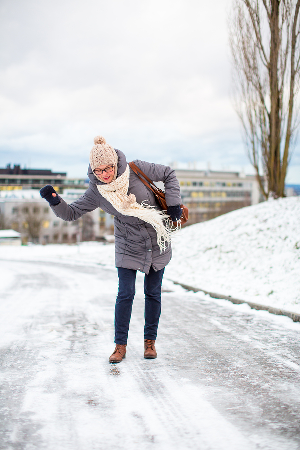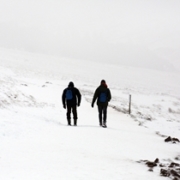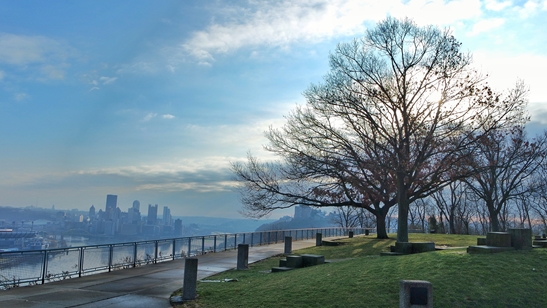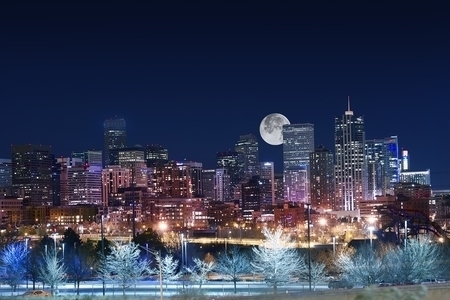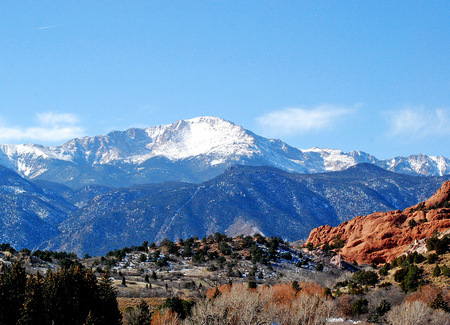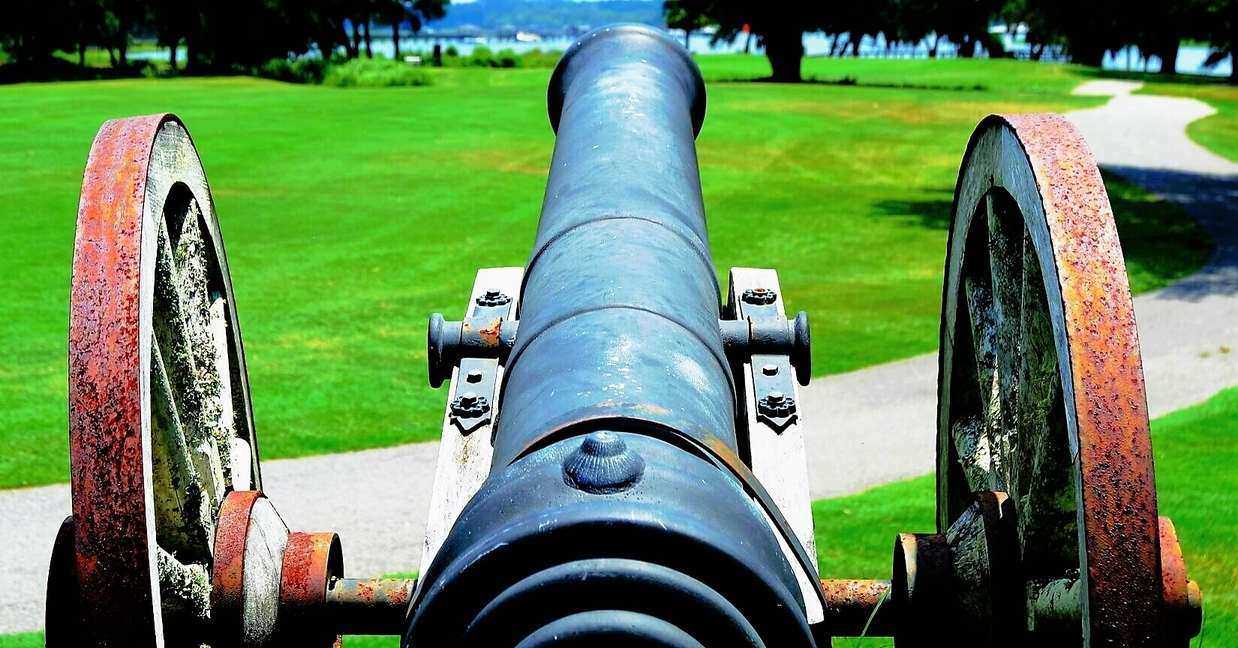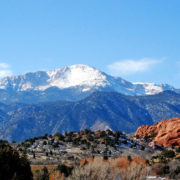Dressing for Cold Weather
There are lots of extra hazards associated with winter time. The most obvious is how darn cold it gets. In order to stave off dropping temperatures and things like frostbite and hypothermia it’s important to dress in a way that keeps you warm. However, wearing bulky jackets and double layers of socks can do more harm than good. If you want to be able to move around without the extra effort, yet still be warm enough to work here are some guidelines to follow.
Layers
Layers are a good way to regulate heat, you can remove the outermost layer easily if you get too hot, and put it back on if you get cold again. Layers also reduce the need for thick and bulky clothing that can hinder your ability to work. You should start with a light breathable base layer. Long underwear/long johns, or any alpaca/merino wool shirt or form fitting pants work wonders for keeping you warm but wick sweat away so you don’t leave moisture sitting on your skin. On top of the base layer you’ll want a small insulating layer. Sometimes this layer is incorporated into the last layer which is the wind resistant outer shell. If using a winter jacket as an outer layer this may be all that you need over the base layer since most winter jackets have a nice liner built in. If not a sweatshirt is great insulating layer before the wind breaker outer shell. For legs sweatpants over the base layer are highly recommended with a pair of jeans or other wind breaking pants over top of them.
Extremities
If working in cold weather remember to wear gloves or mittens to keep your hands warm. Gloves are advantageous for dexterity and are easier to operate machinery and tools with. Mittens, although lacking in the ability to operate certain tools, are significantly warmer than gloves. Knowing this make sure you plan your clothing appropriately. Your feet, another extremity, are also incredibly important. If possible, wear a single layer of socks, a good merino wool or synthetic sock of appropriate thickness is best since multiple layers of socks can become tight or force footwear to become tight. This tightness can restrict blood flow and make your feet colder. Avoid cotton socks as they tend to hold moisture on your feet. Moisture from sweating can rapidly cool your feet and too much moisture can eventually cause your feet to become too cold after even light sweating. Lastly remember to cover your head particularly your ears. Heat can easily leave the body through your uppermost extremity, especially since your face is often exposed to the elements even if you wear a warm winter hat.
To download a free copy, click here
proActive Safety Services was established in 2009. We specialize in workplace safety training, staffing, inspections, and consulting. If you have any questions, please call us by dialing 877-209-9648 or email sales@pasafety.com
